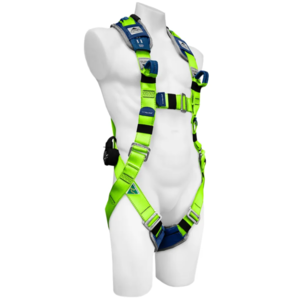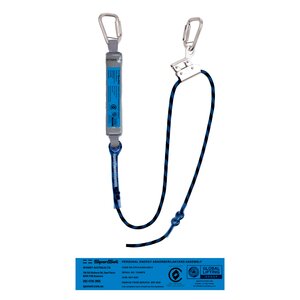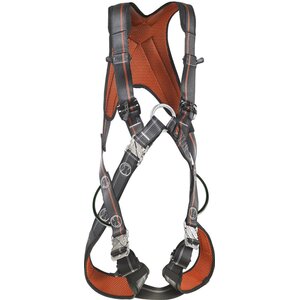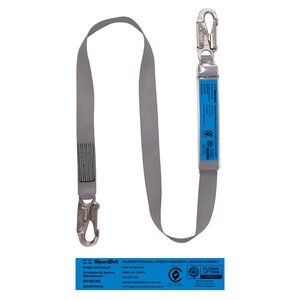Safety isn't negotiable in the high-stakes world of lifting and rigging—it's foundational. When it comes to fall protection, selecting the right equipment is paramount. Harnesses, lanyards, anchor points, and other gear aren't just tools but lifelines. Here's your comprehensive guide to choosing the correct fall protection equipment for diverse lifting and rigging scenarios while ensuring compliance with Australian safety standards.
Understanding the Basics
Harnesses:
- Harnesses are the backbone of fall protection. Understand the types—full-body, chest, and seat harnesses—and their suitability for various tasks.
- Factors to consider: comfort, adjustability, attachment points, and weight distribution.
Lanyards and Lifelines:
- Explore the options—from shock-absorbing to self-retracting lanyards—based on the specific needs of your operations.
- Key considerations: length, material, and energy absorption capacity.
Anchor Points:
- Anchor points provide secure attachment locations. Learn about fixed, temporary, and engineered anchor points and their compatibility with different structures.
Factors Influencing Equipment Selection
Work Environment: Assess the nature of lifting and rigging tasks—indoors, outdoors, and in confined spaces—and select equipment suitable for each environment's unique challenges.
Worker Comfort and Mobility: Prioritise equipment that allows ease of movement without compromising safety. Comfortable gear ensures compliance and minimises fatigue.
Regulatory Compliance: Ensure all equipment meets Australian safety standards (AS/NZS 1891) and undergoes regular inspections and certifications.
Inspection Procedures and Maintenance
Regular Inspections: Develop a routine inspection schedule for all fall protection equipment. Train personnel to conduct thorough checks for wear, tear, and functionality.
Maintenance Guidelines: Adhere to manufacturer guidelines for equipment cleaning, storage, and maintenance to prolong its lifespan and effectiveness.

Tailoring Equipment to Scenarios
Height and Fall Distance: Select equipment appropriate for the height at which work is performed and consider fall distances to determine the required shock-absorption capacity.
Task-Specific Gear: Different tasks demand different equipment. Ensure workers have access to task-specific gear suitable for their roles within lifting and rigging operations.
Selecting the proper fall protection equipment isn't just about compliance but safeguarding lives. Prioritise thorough assessments of work environments, understand the nuances of equipment types and ensure stringent adherence to Australian safety standards.
By investing in the right gear and consistently maintaining and inspecting it, lifting and rigging companies demonstrate an unwavering commitment to safety. Remember, the right equipment isn't just a choice; it's a necessity—a lifeline for those working at heights.
If you have any queries about what fall protection equipment is right for you, contact us and one of our friendly staff members will assist you.







